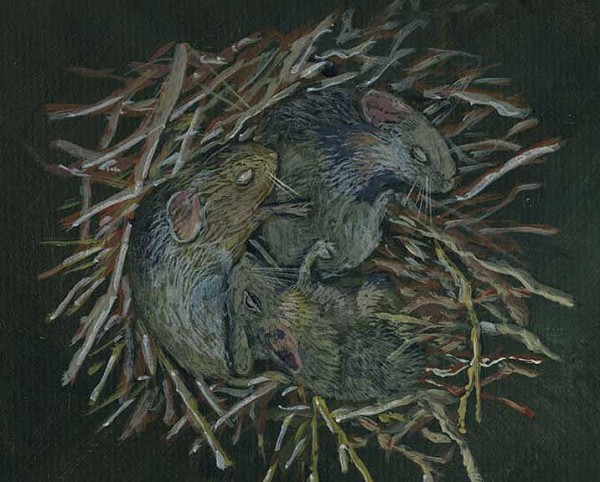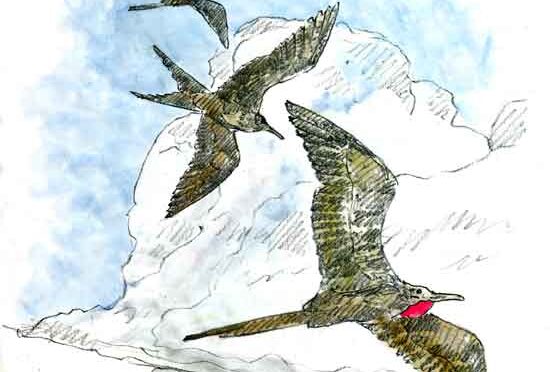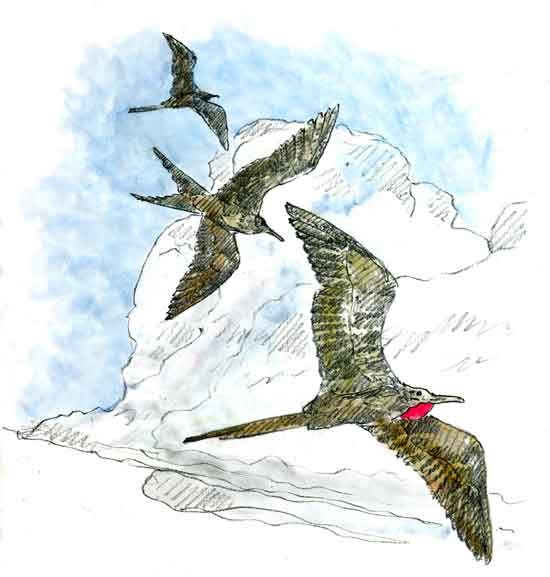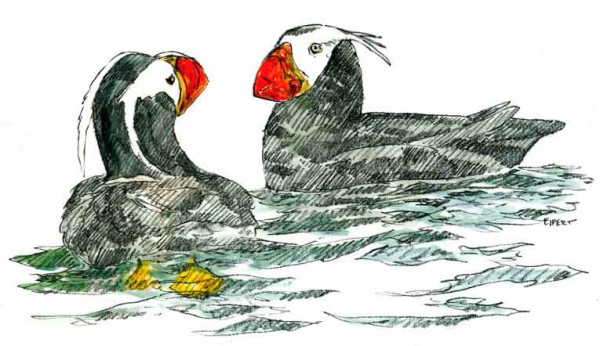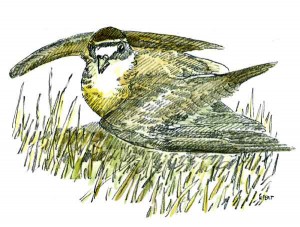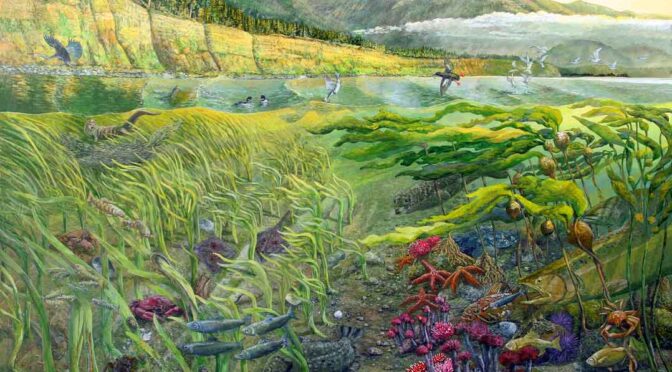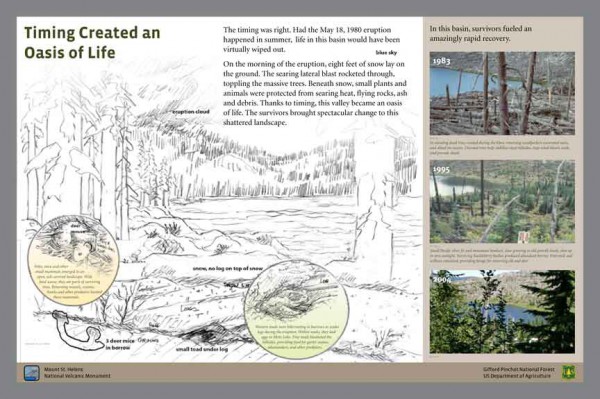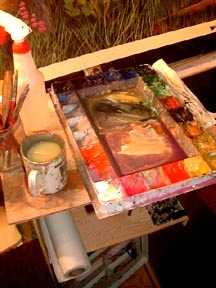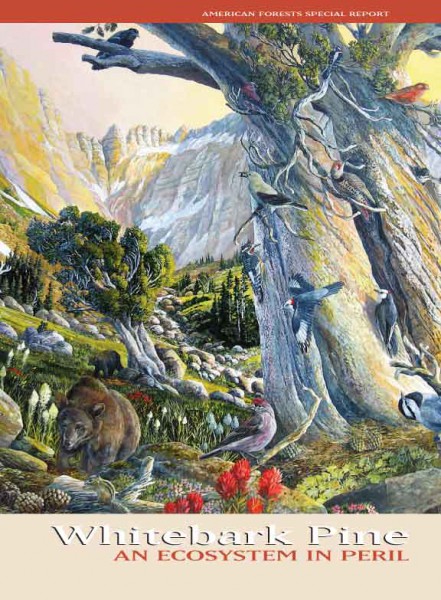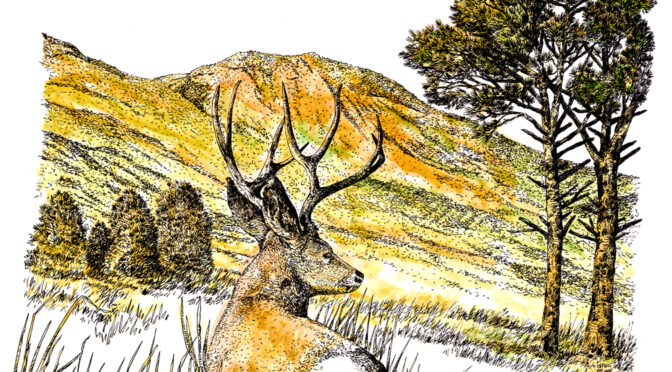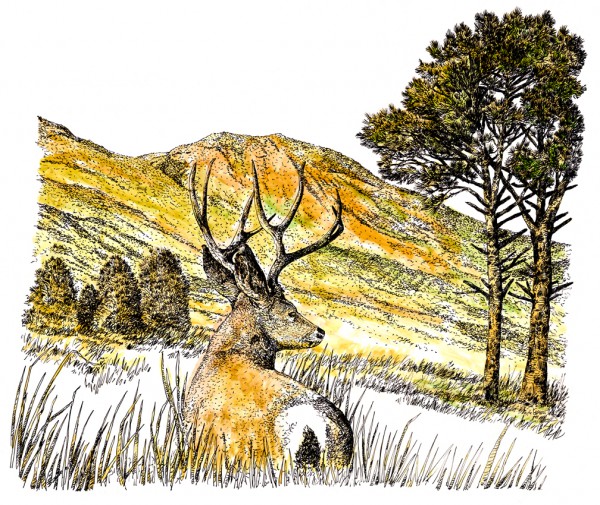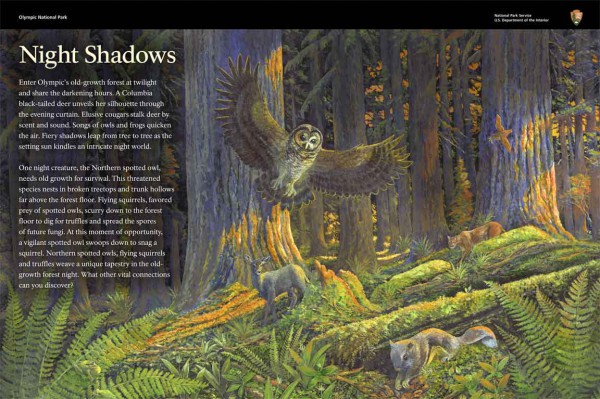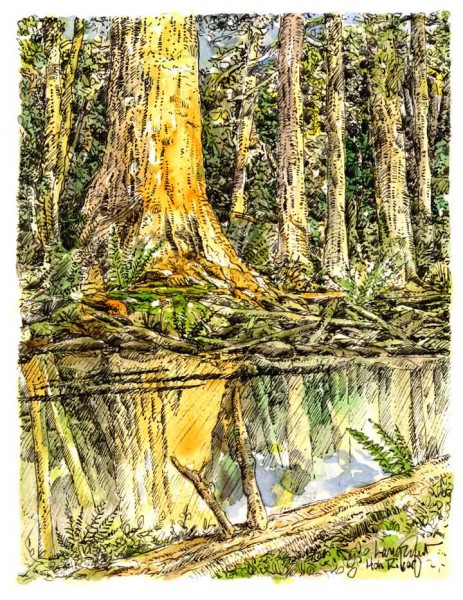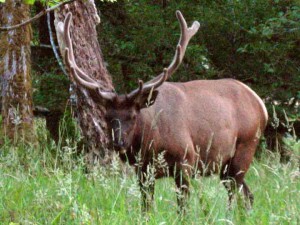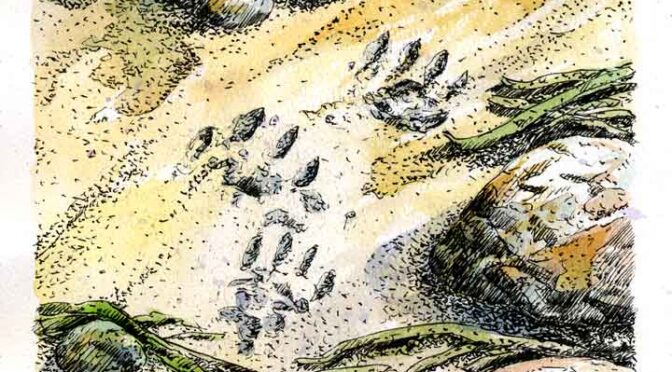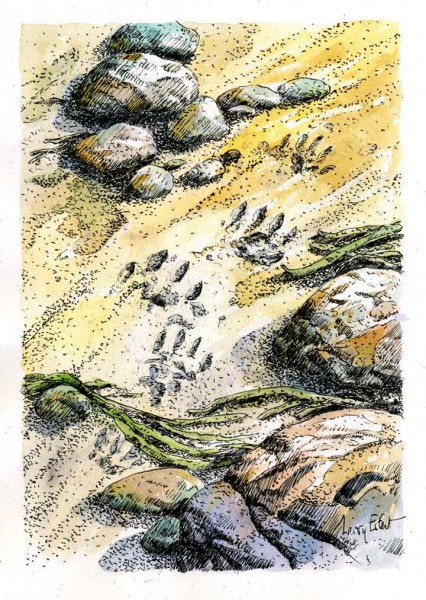I’ve been working on three projects at once, some of them fairly large, so keeping it all straight has been interesting. Oh yeah, then there’s this blog-thing.
Here’s the setup: Imagine you’re a little mouse family living on the north side of Mount St Helens 30 years ago. Meta Lake is just downhill, still snow covered even though it’s May. Life is good, you’ve been asleep all winter, waking occasionally but certainly not leaving your cozy little mouse den. Your little clan found this neat little hole a mole had dug, and in a little side room you set up shop for the winter. It’s May, still a month from being able to leave for a brief summer of munching and gaining back the weight you lost over winter, when you awake to hear what sounds like a 1000 jet planes landing right on top of you. Well, whatever it was, it passes by.
Well, whatever it was – turned out to be the eruption of Mount St. Helens, and because this little family was underground, it survived the almost supersonic blast. After the snow melts, rich ash and a destroyed forest will make for a rich succession of plants with lots of seeds and grasses. And, unlike the elk and deer in the blast zone, the mouse family will survive.
Such is the job of a naturalist-artist. This little painting will be an inset to a much larger painting showing the snow-covered forest and that big ugly blast cloud just arriving. Fun stuff to figure out.
Thanks for reading this week.
Larry Eifert
Click here to go to the online blog this was to.
Click here to go to our main website – packed with jigsaw puzzles, prints, interpretive portfolios and lots of other stuff.
Click here to check out what Nancy’s currently working on with her photography.
Don’t want this stuff anymore? Email me and just say Unsubscribe.
